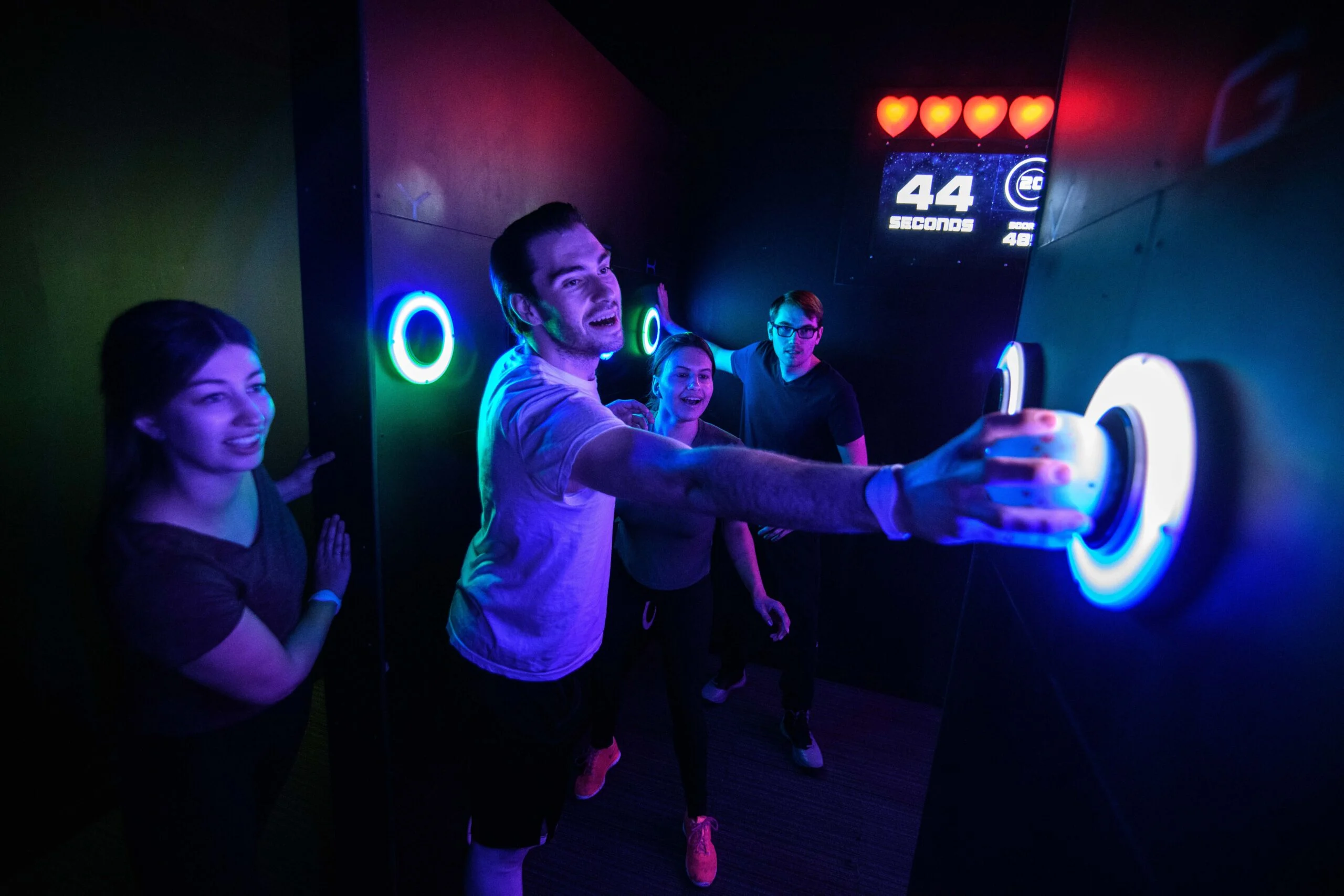The global entertainment landscape is undergoing a radical transformation, moving decisively from passive observation to active participation. At the epicenter of this shift is the evolution of activate games, a segment of interactive leisure that is constantly redefining what play means. For forward-thinking investors and venue operators, understanding the future of play means anticipating the top innovations and emerging technologies transforming activate games from simple novelty attractions into sophisticated, personalized, and hyper-immersive experiences.
At Pixelverse, innovation is the bedrock of our business. We are deeply committed to R&D, not just keeping pace with technological advancements, but driving them. Our vision for activate games incorporates the best of physical activity, advanced AI, and mixed reality to create attractions that are not only profitable but also future-proof. This comprehensive article delves into the groundbreaking technologies that are currently reshaping the industry and offers a strategic outlook for where the market is headed.
I. Hyper-Responsive Physical Spaces: The New Foundation
The physical environment itself is becoming an integral, intelligent component of the game, thanks to advances in sensing and display technologies.
1. Ultra-High-Definition LED and Sensor Floors
Standard interactive floors are evolving into dynamic, ultra-responsive LED surfaces. These are no longer just displays but two-way interfaces capable of detecting minute changes in pressure, speed, and positioning across the entire surface.
- Pixel-Level Interaction: New LED technology allows for unprecedented resolution and color depth, enabling games to render hyper-realistic environments and track player movements with sub-millimeter precision.
- Integrated Force Sensors: Advanced sensors embedded beneath the floor can measure the force of a jump or the direction of a slide, providing nuanced data that feeds directly into the AI, making gameplay richer and more skill-dependent.
2. Advanced Projection Mapping and Ambient Sensing
Projection technology is moving beyond walls to encompass ceilings, objects, and even players themselves. Activate games now leverage 3D mapping and LiDAR (Light Detection and Ranging) technology to create truly seamless, immersive environments. LiDAR measures distance by illuminating the target with a laser and analyzing the reflected light, allowing the game engine to build a real-time, accurate 3D model of the play space and all participants.
II. The Intelligence Layer: AI and Personalization
The most profound transformation is happening in the software layer, where Artificial Intelligence (AI) is turning games from repetitive routines into genuinely adaptive challenges.
3. AI-Driven Adaptive Difficulty
Current activate games often have fixed difficulty settings. The future involves AI algorithms that monitor biomechanical data—heart rate, fatigue, reaction time—and instantly adjust the game’s parameters (speed, complexity, target patterns) to maintain an optimal state of “flow” for each player.
- Customized Play Sessions: For venue operators, this means a player who finds a game too easy will be challenged more, while a struggling player won’t become frustrated, maximizing the enjoyment window for both and encouraging longer play sessions.
4. Generative Content and Dynamic Narratives
AI is beginning to leverage Generative Adversarial Networks (GANs) to create dynamic, ever-changing content within the activate games. Instead of relying on pre-programmed levels, the game can generate new maps, obstacles, and narratives on the fly.
- Unending Replayability: This solves the core problem of entertainment centers: stagnation. A game that is different every time a player enters is a game that commands repeat business, vastly improving ROI.
III. The Ultimate Fusion: Mixed Reality (MR) Play
The most significant innovation bridging the physical and digital worlds is the rapid development of Mixed Reality, which will define the next generation of activate games.
5. Untethered and Lightweight MR Headsets
The industry is moving past bulky VR backpacks and tethered systems. New, lightweight MR headsets allow players to see their physical environment and fellow participants clearly, while digital elements (enemies, challenges, special effects) are seamlessly overlaid.
- Enhanced Social Play: Unlike traditional VR, MR allows for safe, dynamic physical interaction between players, enhancing the crucial social and competitive elements of activate games.
- Physical Feedback Integration: Integrating MR with physical actuators (like controlled vibrations in the floor or gusts of air) enhances realism, tricking the player’s brain into feeling the impact of the virtual environment while moving freely in the real one.
6. IoT Integration and Cross-Platform Gaming
The future activate game center will be an integrated ecosystem. Internet of Things (IoT) sensors will connect the games to ancillary services, such as:
- Automated Scoring and Analytics: Data is instantly sent to mobile apps, allowing players to track their performance, challenge remote friends, and view personalized leaderboards.
- Gamified Retail: Players might collect digital tokens in the game that can be instantly redeemed for physical prizes or F&B discounts within the venue. This seamless connection between play and retail maximizes auxiliary revenue.
Pixelverse: Engineering the Future of Play
At Pixelverse, we are embedding these innovations into our core product lines. Our focus on durable, commercial-grade hardware combined with advanced AI and MR compatibility ensures our partners are equipped with attractions that not only attract today’s audience but are poised for tomorrow’s technological leaps. Investing in our activate games is investing in a platform designed for exponential growth and maximum longevity.
For more details, scan my WeChat QR code to contact us👇.

